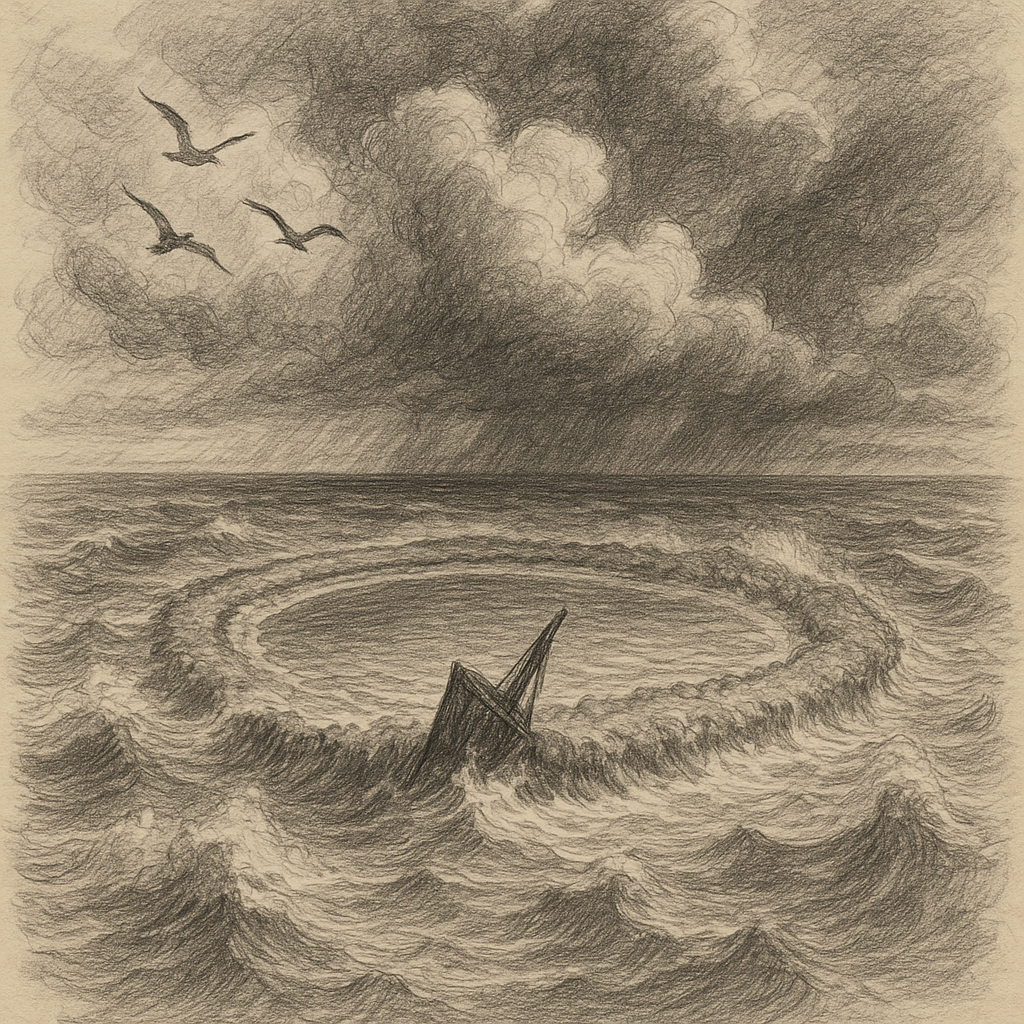Campbell Island: A Remote Treasure of the Subantarctic
Located in the remote reaches of the Southern Ocean, Campbell Island is one of New Zealand’s southernmost offshore islands. As part of the New Zealand Subantarctic Islands, it remains largely untouched by human development. This UNESCO World Heritage Site is a haven for wildlife and rich in natural beauty, history, and mythology.
Geographic Location and Geology
Campbell Island lies approximately 700 kilometers south of New Zealand’s South Island and around 270 kilometers southeast of the Auckland Islands. It covers an area of about 112 square kilometers and is characterized by rugged terrain, steep coastal cliffs, and a high central plateau reaching up to 569 meters at Mount Honey, the island’s highest point.
The island is of volcanic origin, formed between six and eleven million years ago. Its rough topography is the remnant of ancient volcanic activity, although the volcano that created it has long since become extinct. The island’s geology includes basaltic lava flows, volcanic tuffs, and sandstone, which all contribute to its unique landscape and composition.
Climate and Ecosystem
Campbell Island experiences a cool, oceanic climate typical of the Subantarctic zone. It has frequent rainfall throughout the year, with an average of over 1,400 mm annually, and consistent cloud cover and strong westerly winds driven by the Roaring Forties. Snowfall occurs in winter, though long periods of frost are rare due to the moderating influence of the ocean.
Owing to its isolation and harsh weather, the flora and fauna of Campbell Island have evolved uniquely. The island is home to spectacular megaherbs—giant, vividly colored flowering plants such as Pleurophyllum speciosum and Anisotome latifolia—that dominate the landscape in summer. These plants have adapted to the island’s cold, wet environment and provide a surreal splash of color.
Wildlife and Conservation
Campbell Island is a critical breeding ground for a wide variety of seabirds and marine mammals. It is especially famous for hosting the southern royal albatross, one of the largest species of albatross. Over 99% of the global population of these majestic birds breed on the island. Other bird species include the Campbell Island teal—once thought extinct—and the Campbell Island snipe, both endemics saved through dedicated conservation programs.
The surrounding marine ecosystem is equally rich, inhabited by fur seals, sea lions, and a variety of whales. Due to its ecological richness, Campbell Island has been designated as a Nature Reserve and Marine Reserve by the New Zealand government.
In the past, the island’s ecosystem was severely affected by introduced species such as sheep, cats, and rats. However, in a monumental conservation effort finalized in 2001, rats were successfully eradicated, making Campbell Island the largest island in the world from which rats have been completely removed. Since then, native wildlife populations have been gradually recovering.
Human Presence and Research
Campbell Island has a limited history of human habitation. It was discovered in 1810 by Captain Frederick Hasselborough, a sealer who named it after his ship’s owner, Robert Campbell. The island was briefly used by sealers and later sheep farmers, but harsh weather and isolation made permanent settlement unsustainable.
Today, the island is uninhabited except for periodic visits by scientists, naturalists, and environmental monitoring teams. Research huts and weather stations support studies in meteorology, botany, and ornithology. Access is strictly regulated by the New Zealand Department of Conservation, and permits are required for any visitation. Most access is by chartered expeditions that support research or eco-tourism on a very limited scale.
Unique Features and Fascinating Facts
One of the most intriguing aspects of Campbell Island is its role as a sanctuary for species found nowhere else. The island is home to more nesting albatrosses than any other single location on Earth, with over 10,000 breeding pairs of southern royal albatrosses alone.
Another fascinating fact is the island’s successful eradication of invasive predators, which has been hailed as a global conservation milestone. The effort used aerial drops of rat poison in one of the most remote and weather-challenged locations on the planet. It was not only ecologically transformative but also served as a model for other large-scale island restoration projects worldwide.
The island’s megaherbs, with their massive leaves and striking colors, form one of the world’s most unique floral communities, often described as “prehistoric” in appearance. Their existence has long puzzled botanists, as such large herbaceous plants are virtually absent elsewhere in the world’s colder climates.
Myths and Legends
Despite its harsh conditions and limited human interaction, Campbell Island has inspired a small body of folklore. Māori oral tradition does not feature the island prominently, likely due to its extreme southern latitude, but modern tales have emerged over time, particularly among sailors and researchers.
One enduring legend speaks of a “ghost camp” located in Perseverance Harbour. Supposedly, during the 19th century, a group of sealers was stranded there during a storm, and none were ever heard from again. Some visitors claim that strange echoes, shadowy figures, or sudden changes in weather are linked to the spirits of those lost men, transforming the sheltered inlet into a site of quiet haunting.
Another popular story concerns the “singing winds” of Mount Honey. Scientists have noted the island’s high winds producing eerie, melodic tones as they pass through narrow ridges and gorges. Locals who have stayed on the island long-term say these sounds are messages from the island itself—expressions of its memory from the days before human arrival.
Conclusion
Campbell Island stands as a stunning example of Earth’s wildest and most untouched landscapes. Its unspoiled ecosystems, incredible biodiversity, and compelling stories of both nature and mystery make it a gem among New Zealand’s Subantarctic Islands. Though few may ever set foot on its rugged shores, the island’s significance to science, conservation, and imagination remains global. As we look to conserve the planet’s most vulnerable habitats, Campbell Island serves as both a sanctuary and a symbol of hope.


